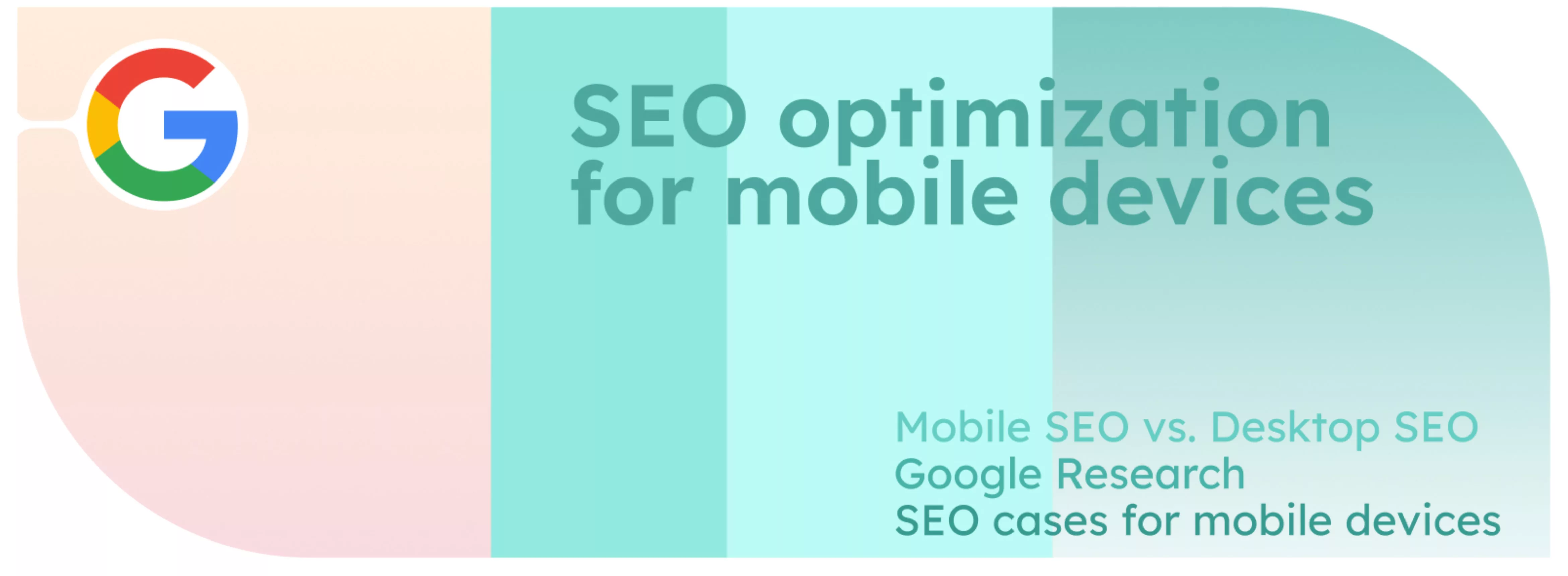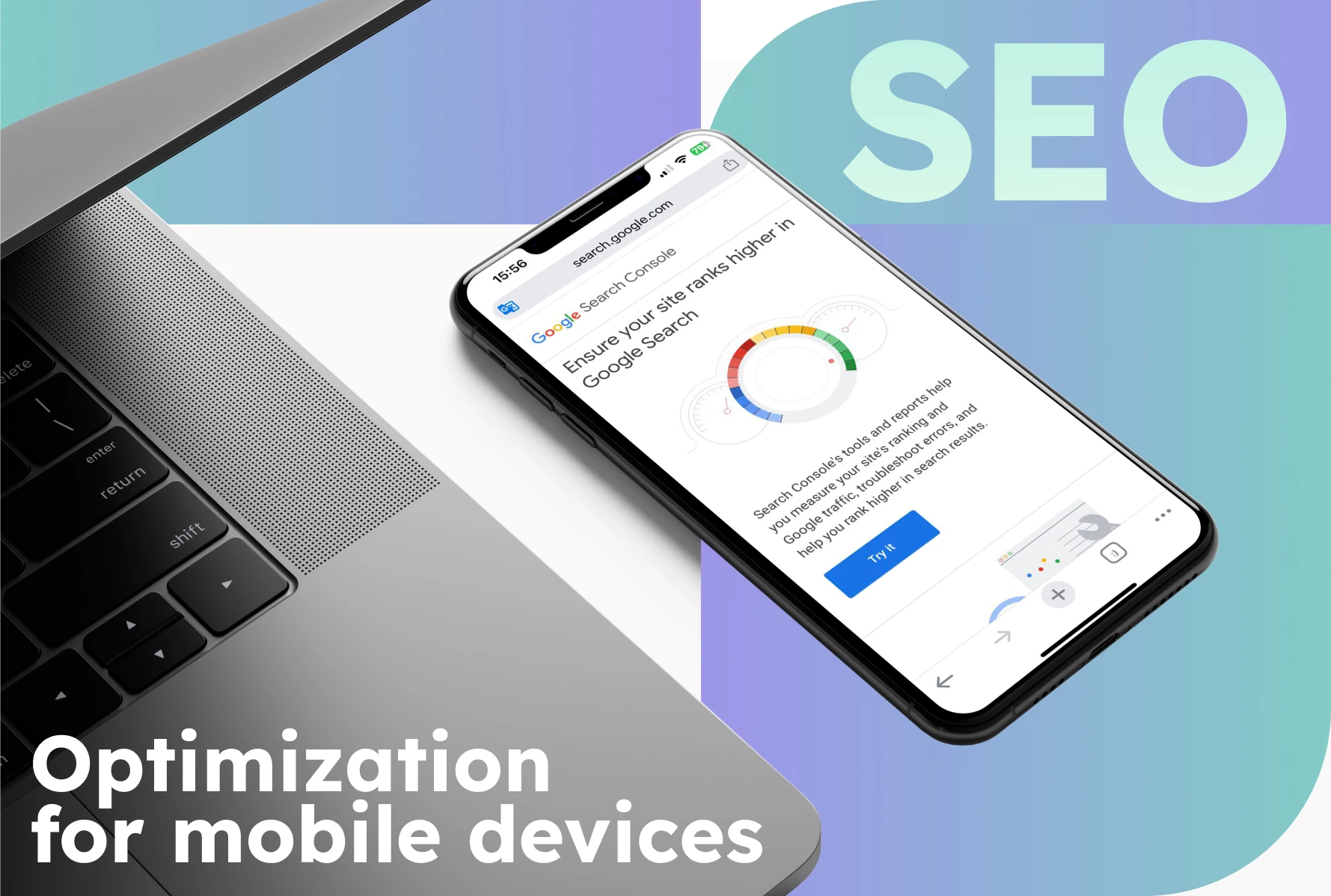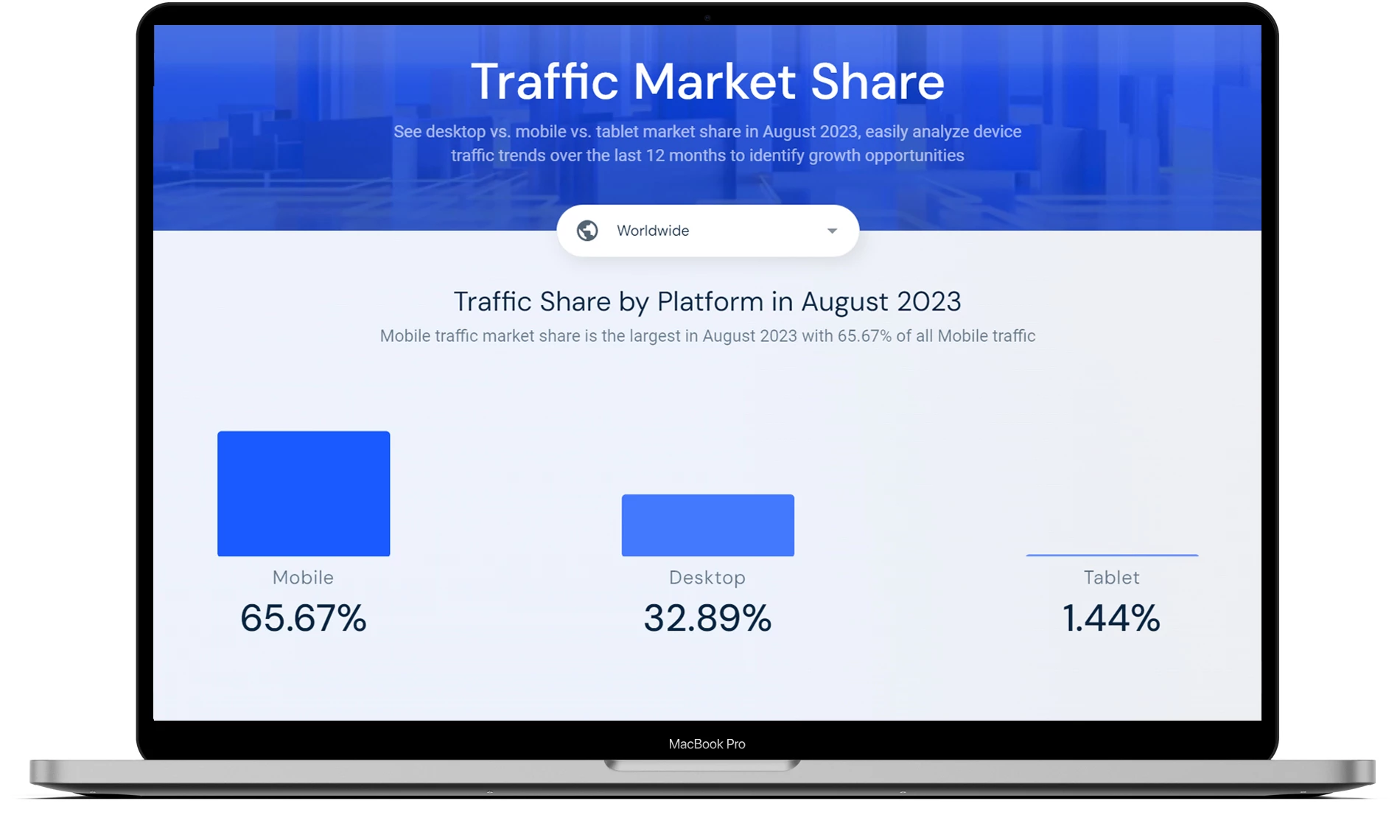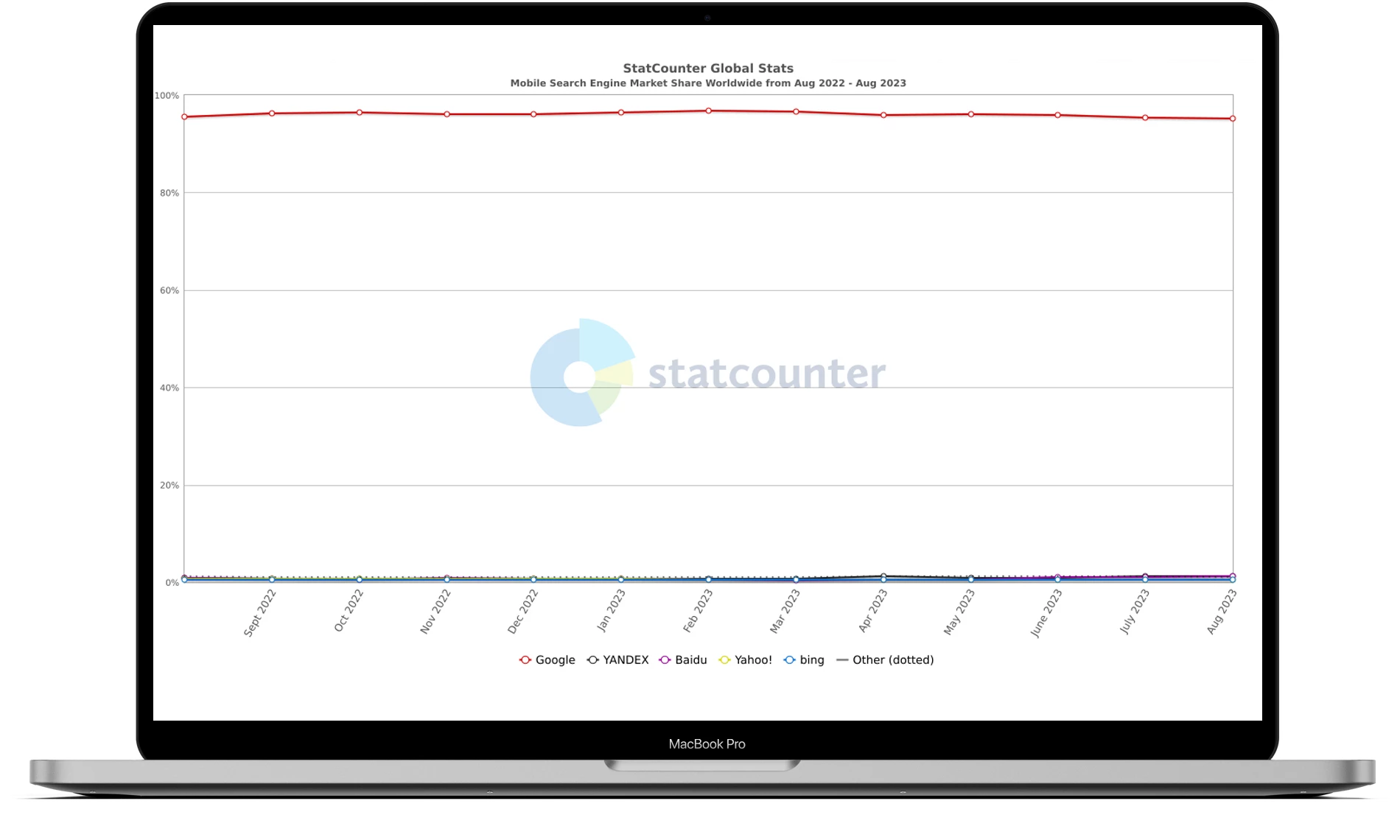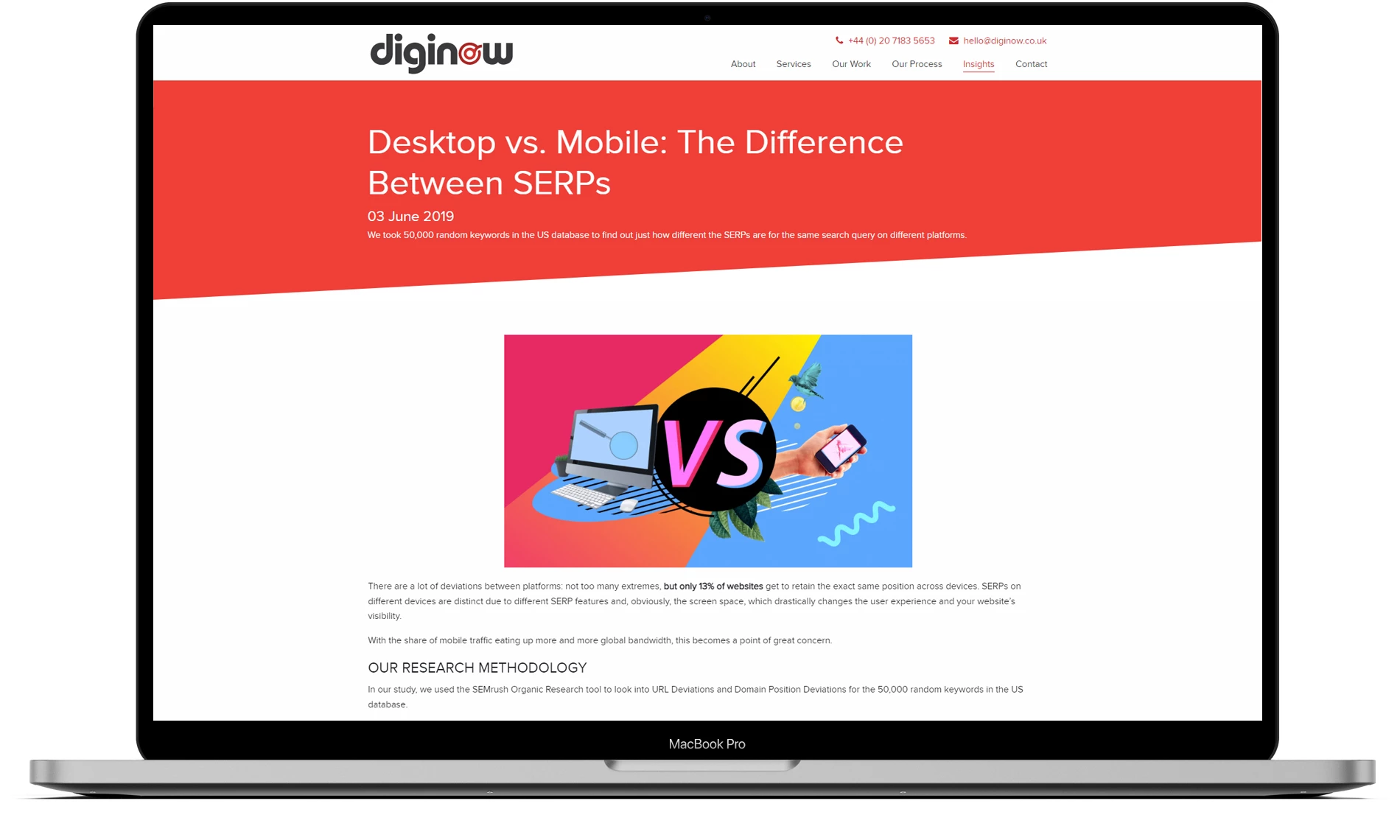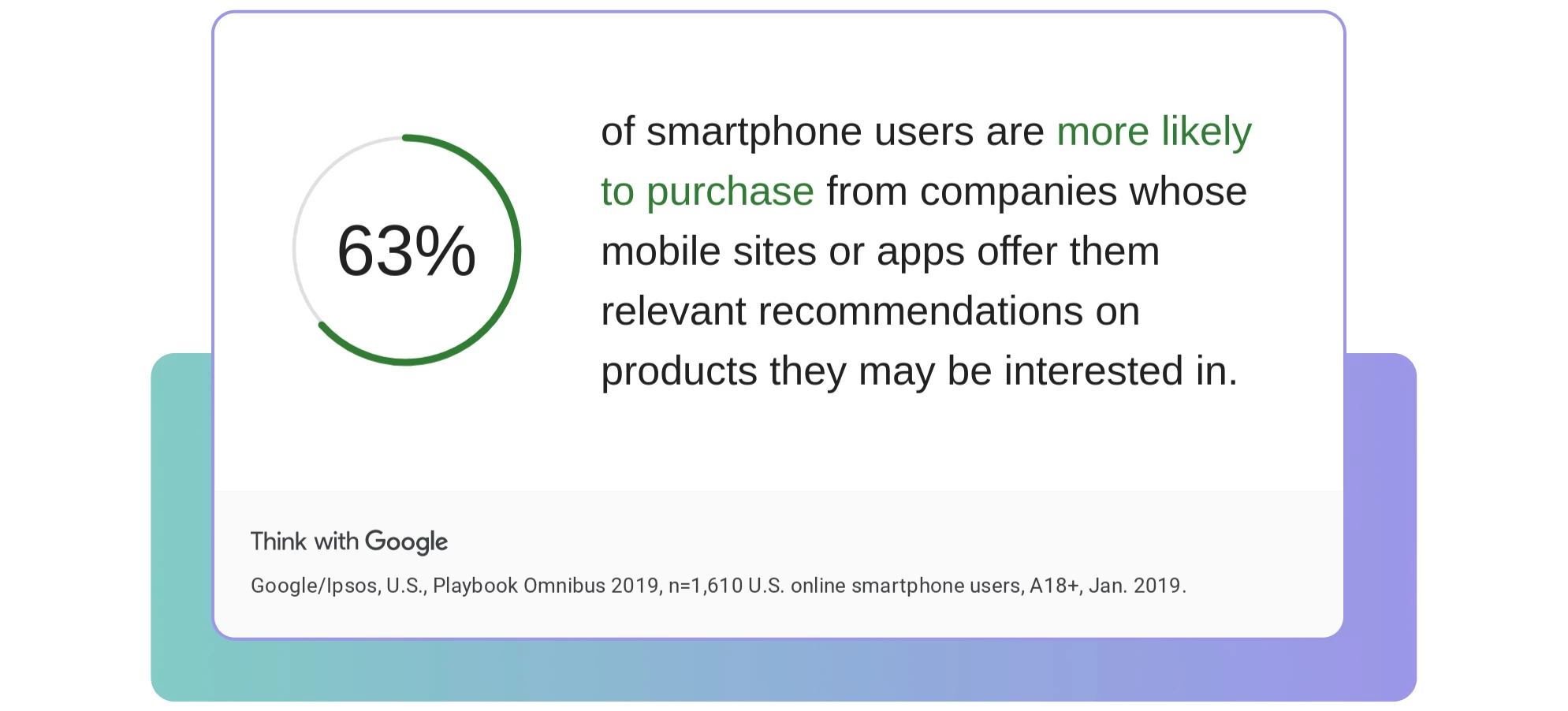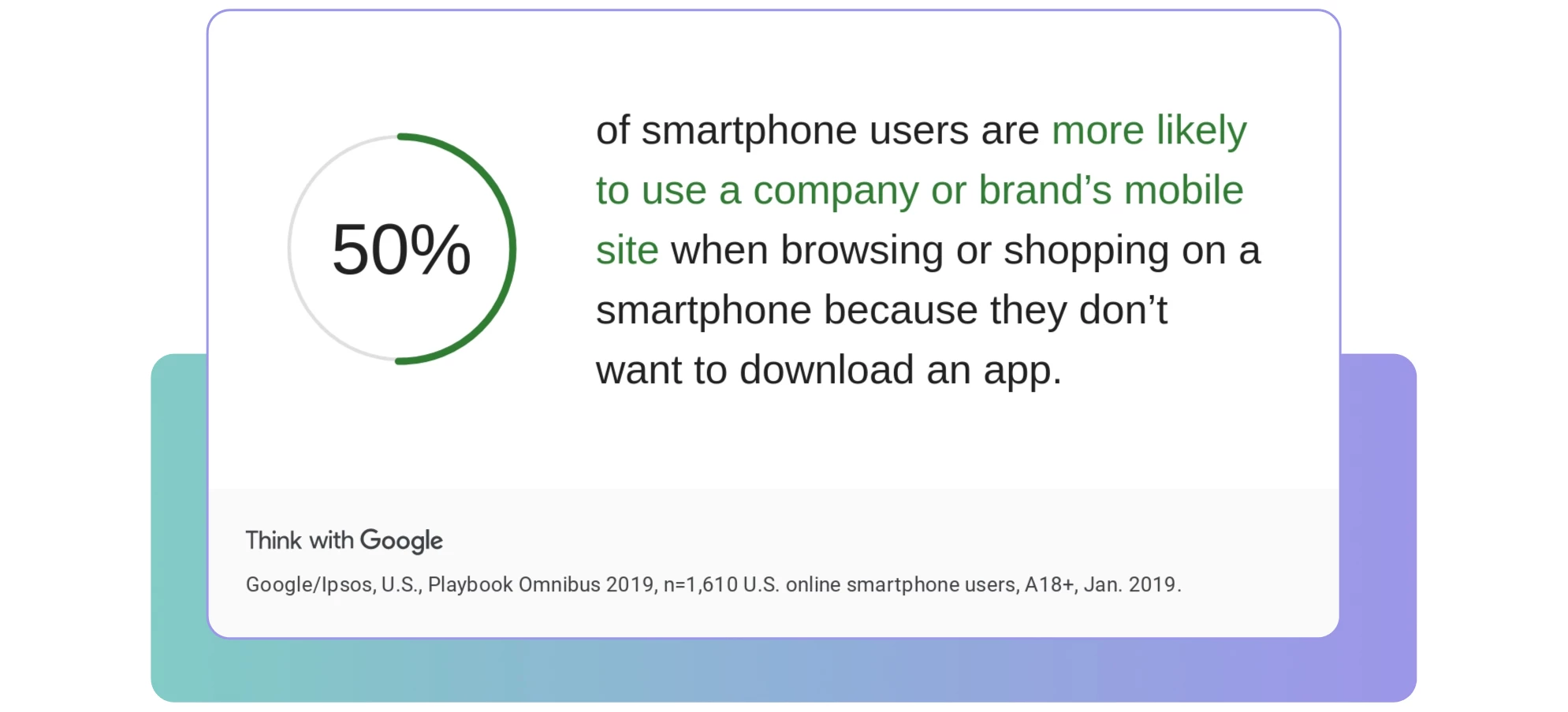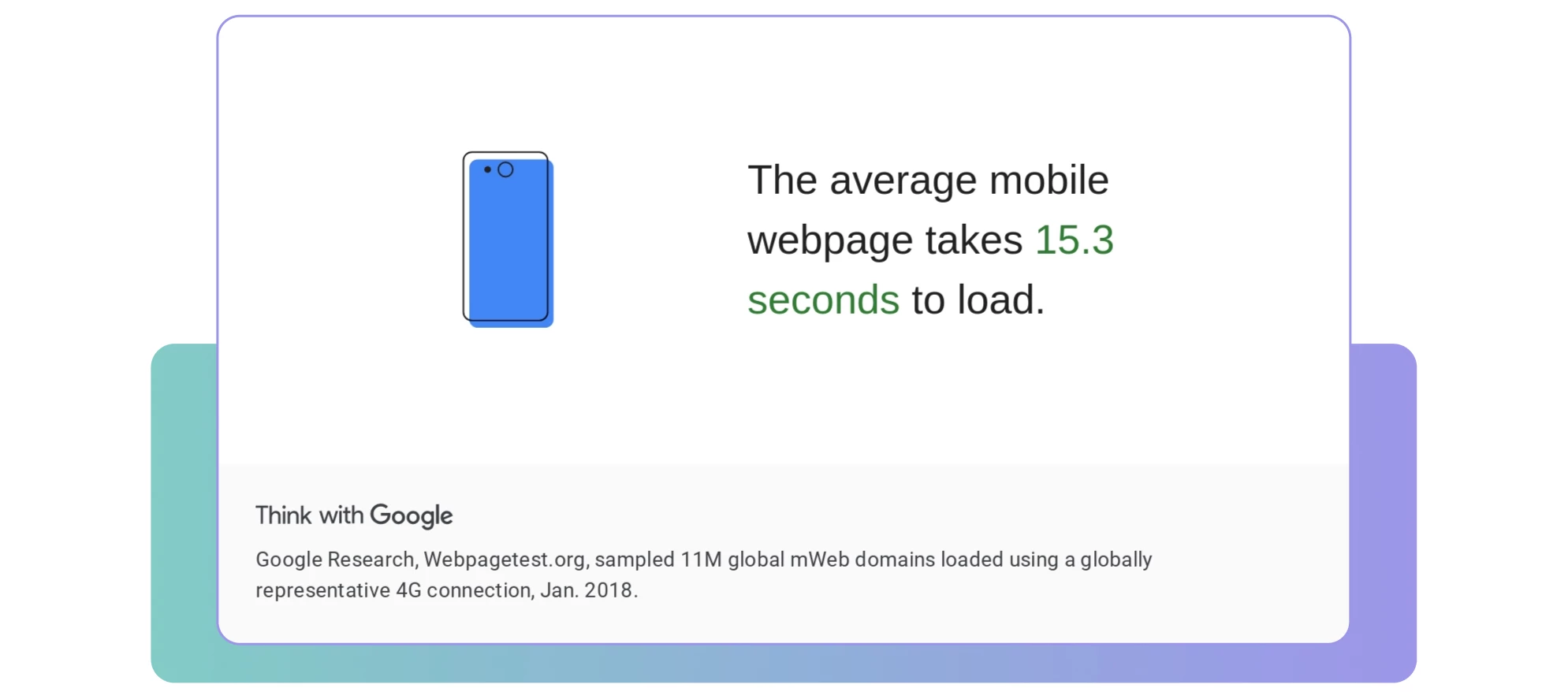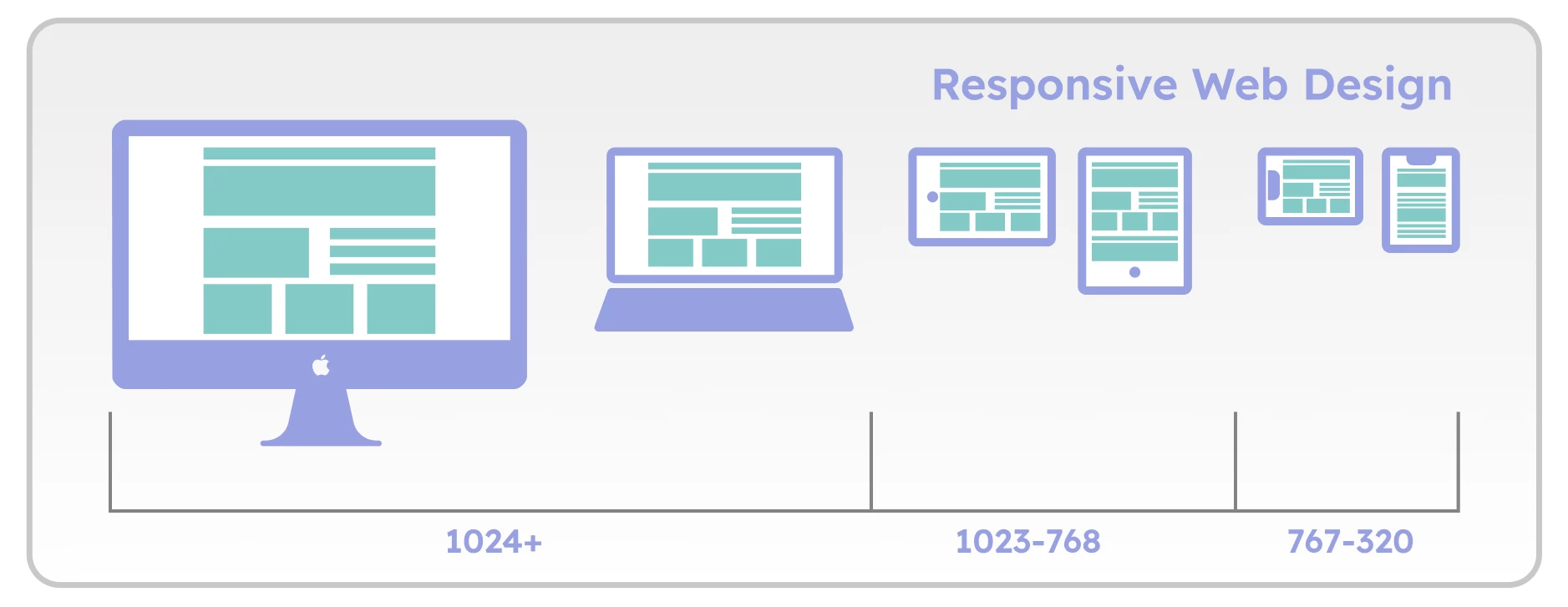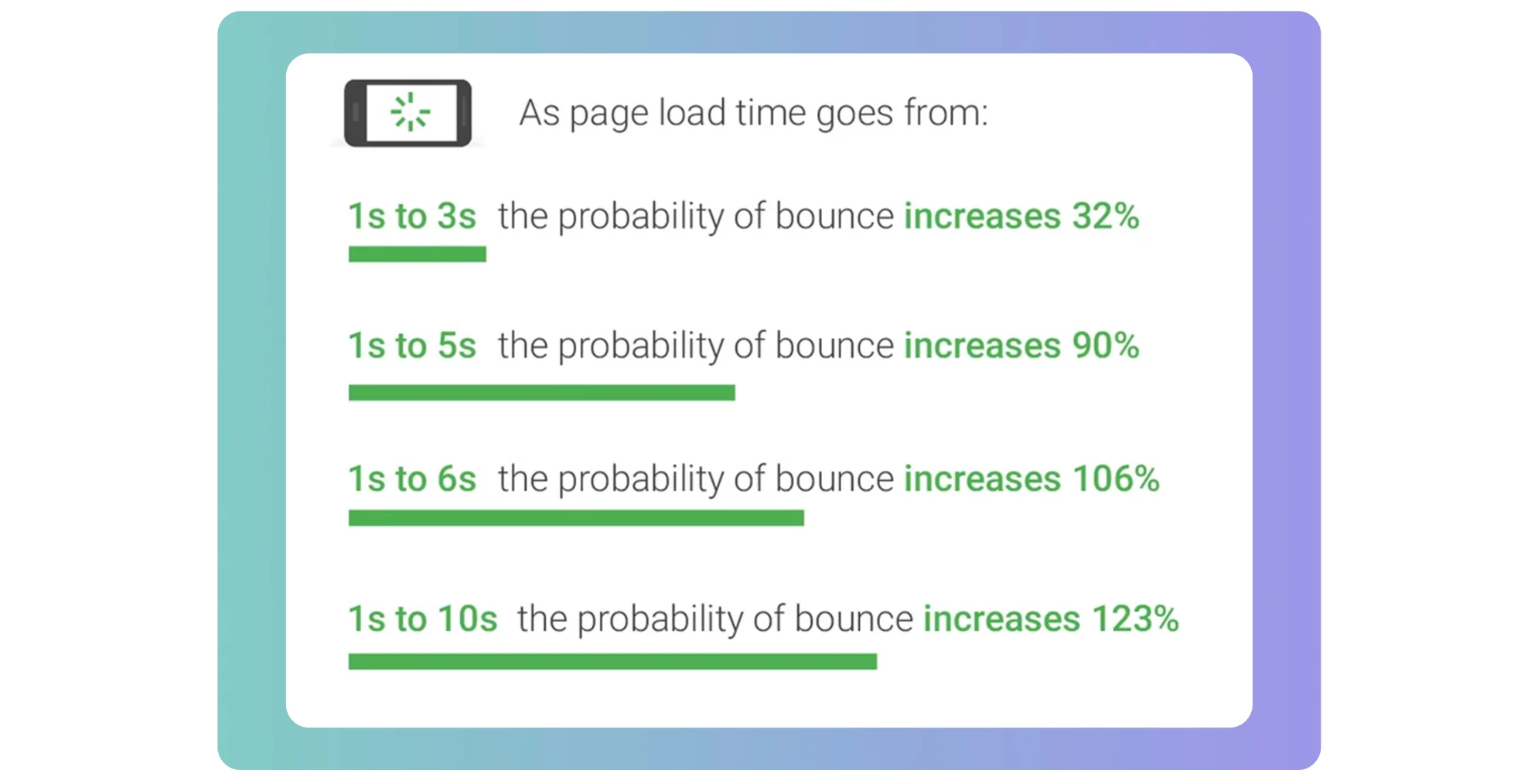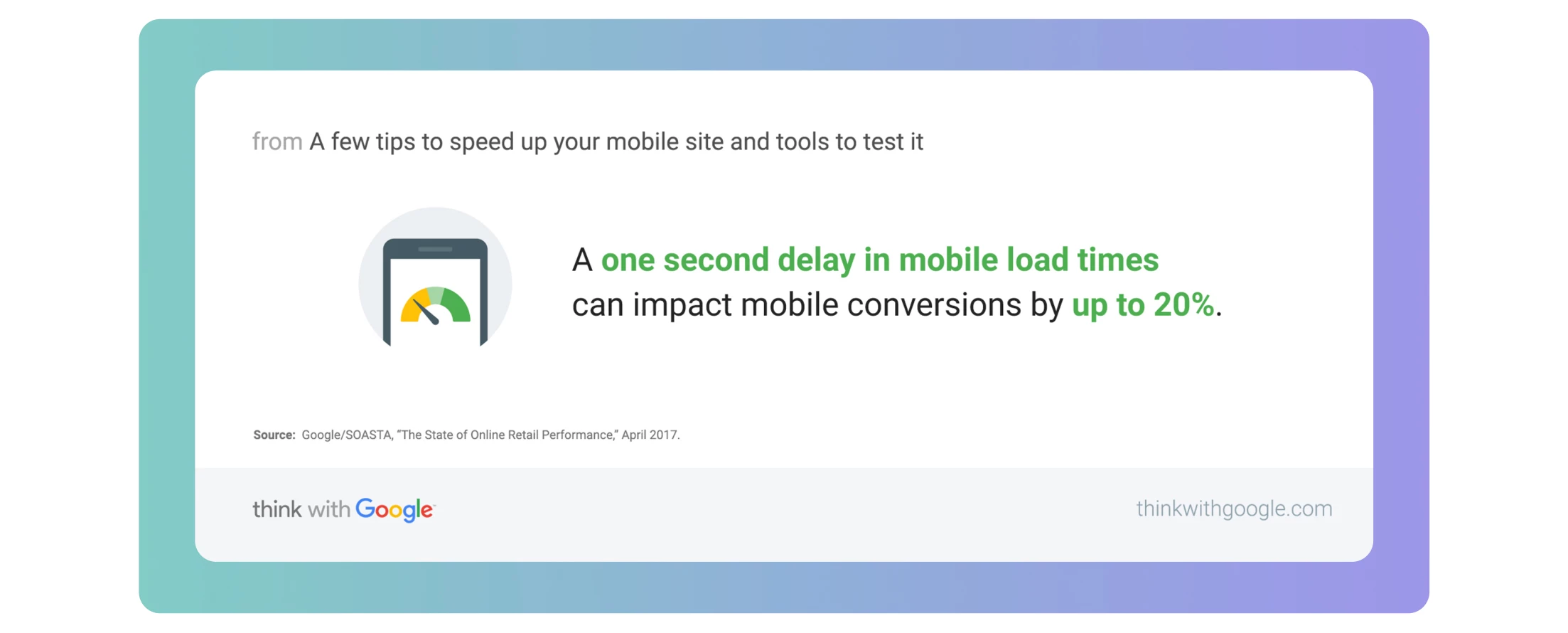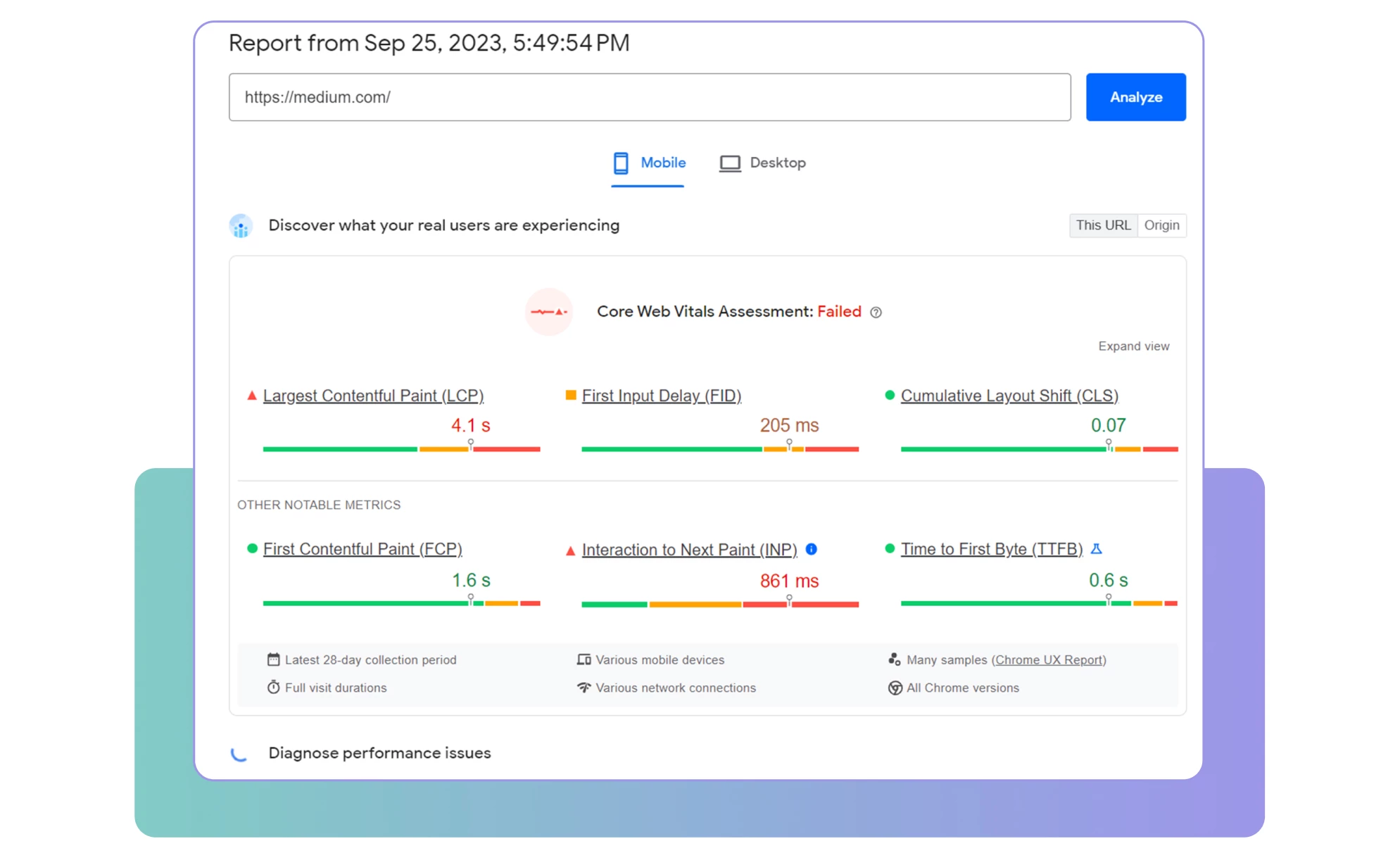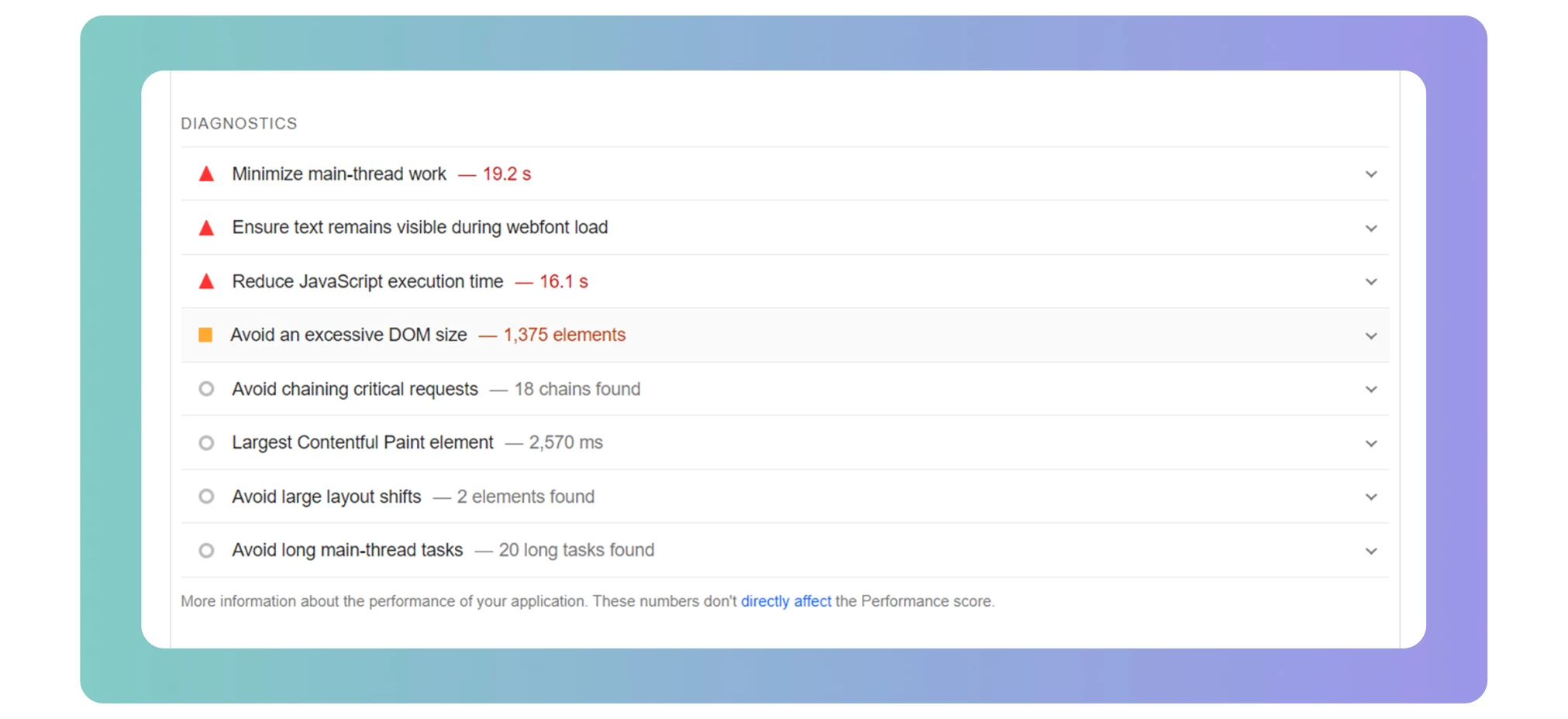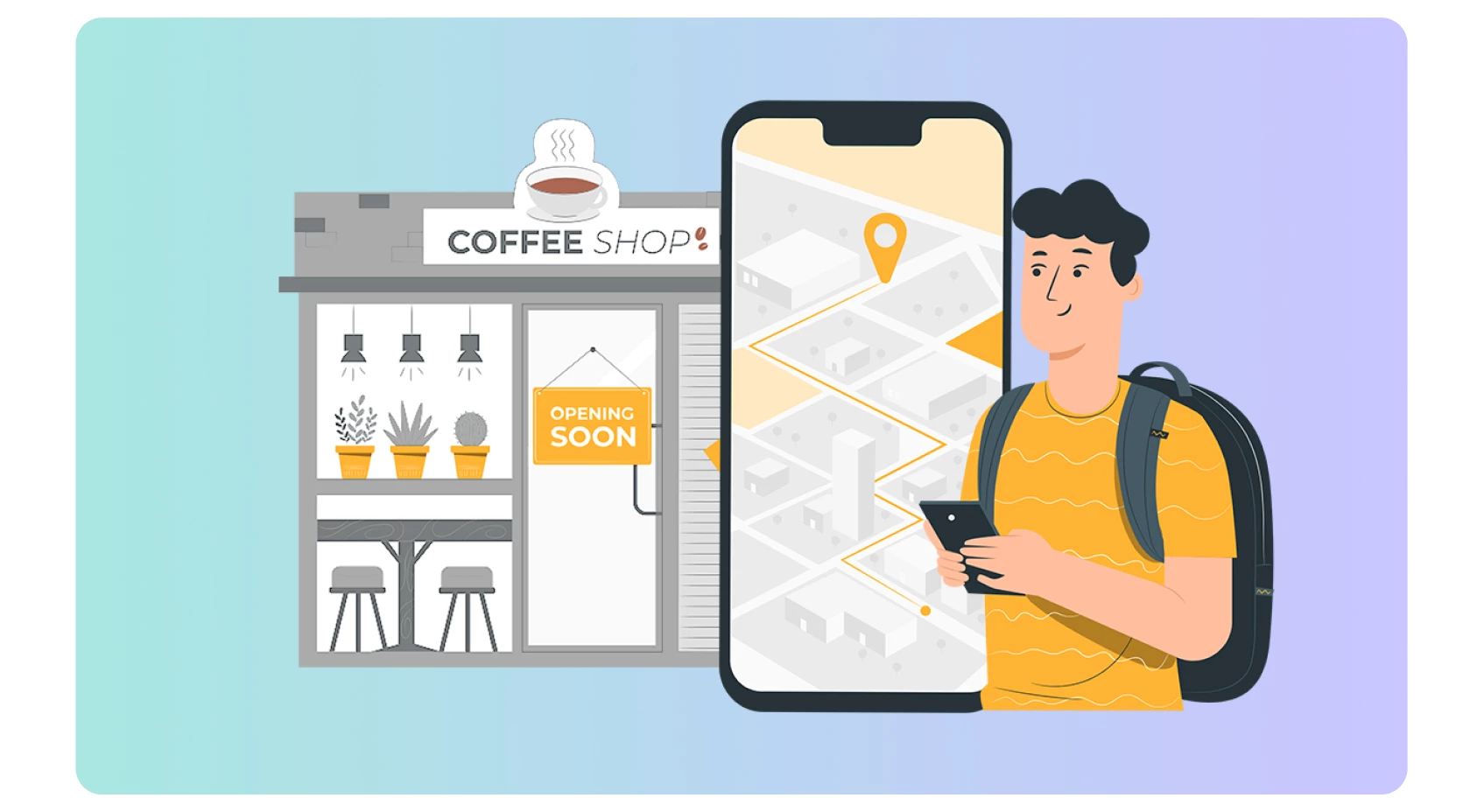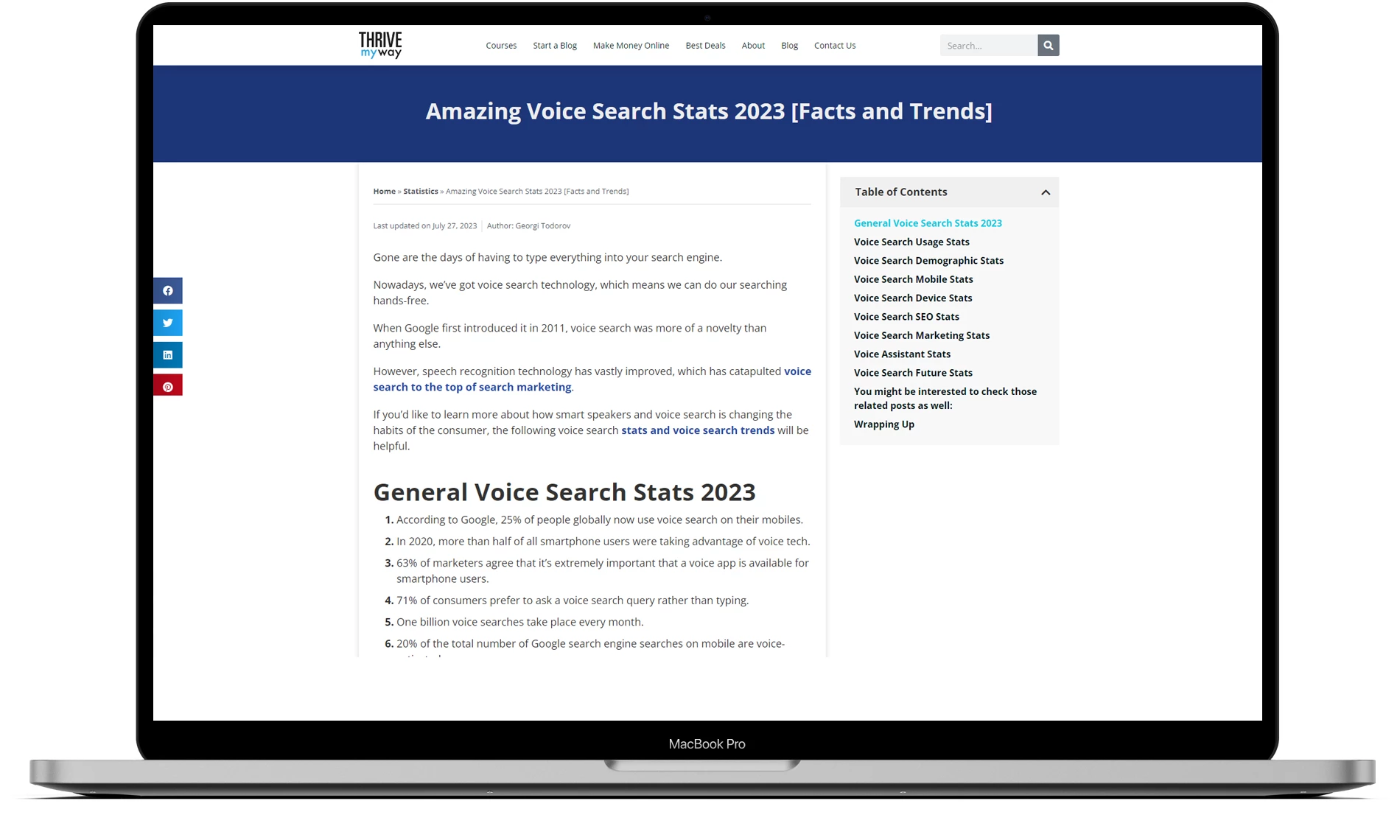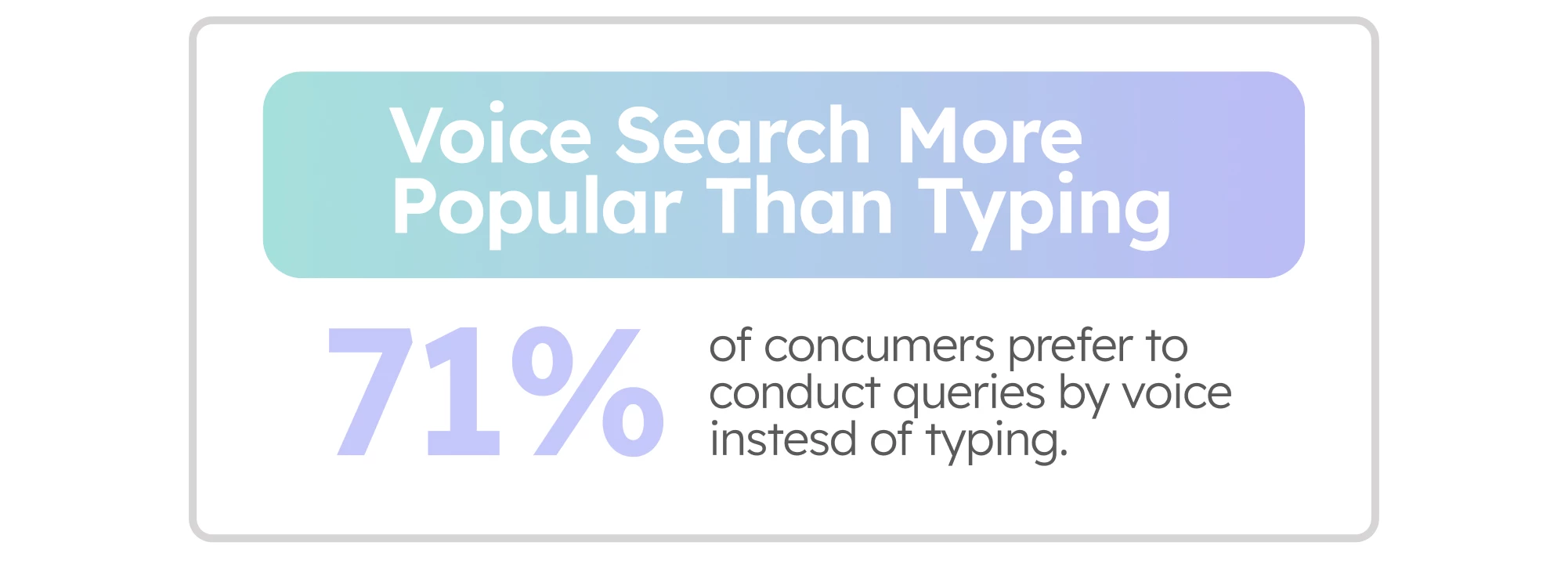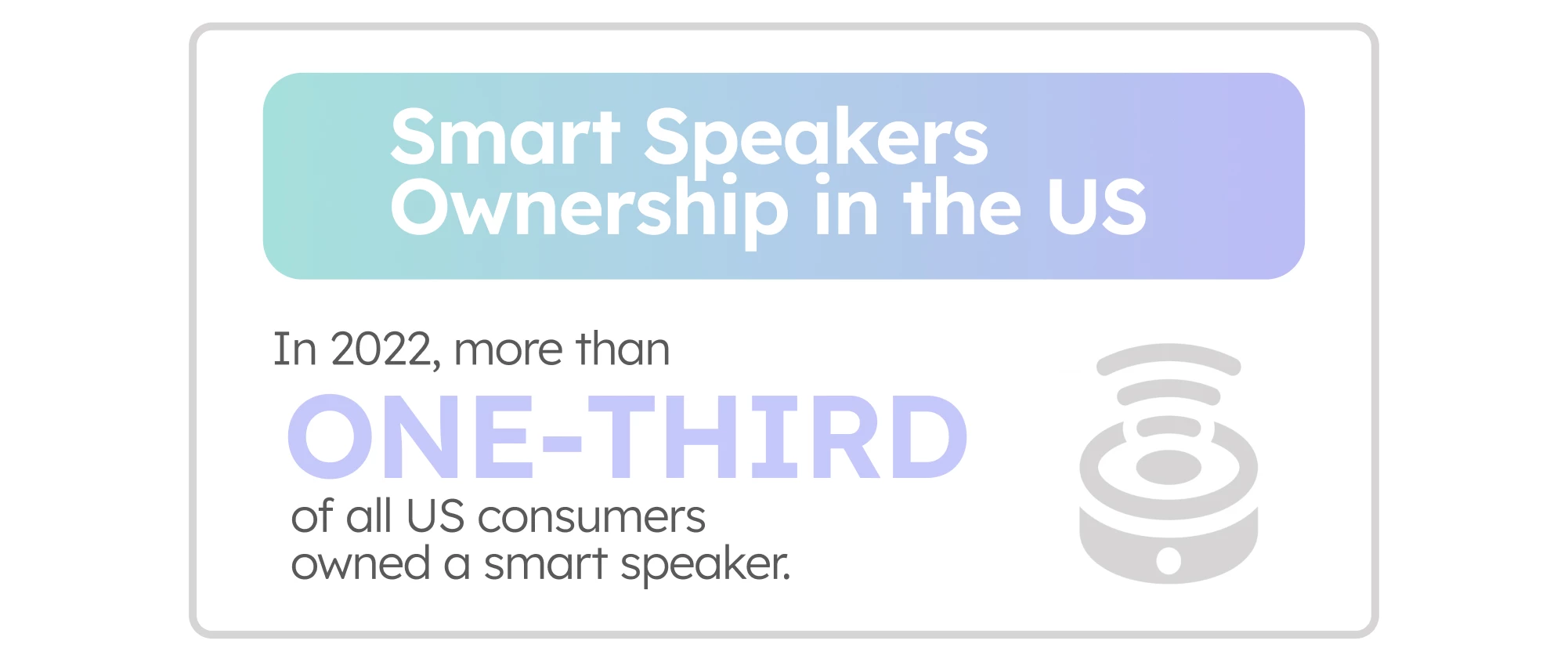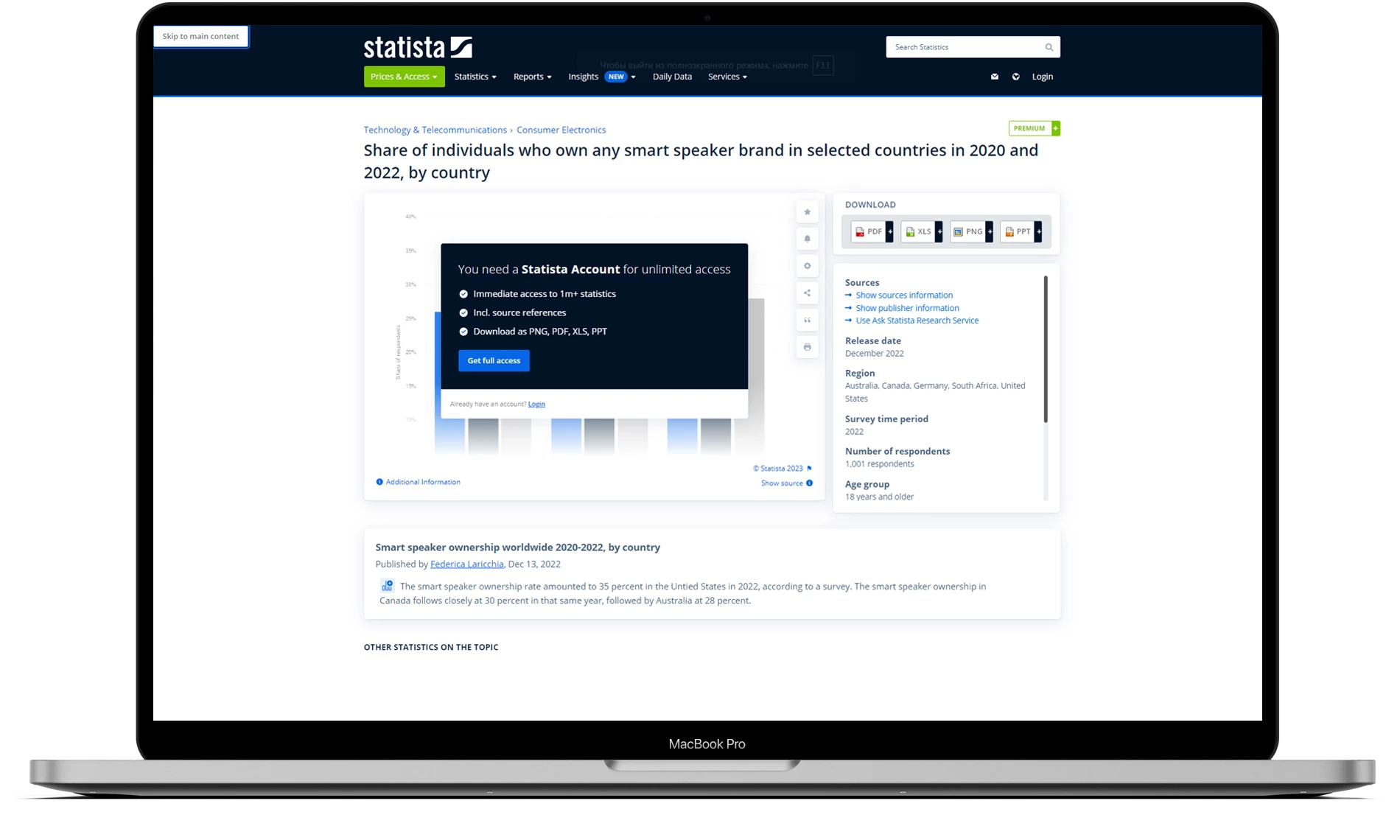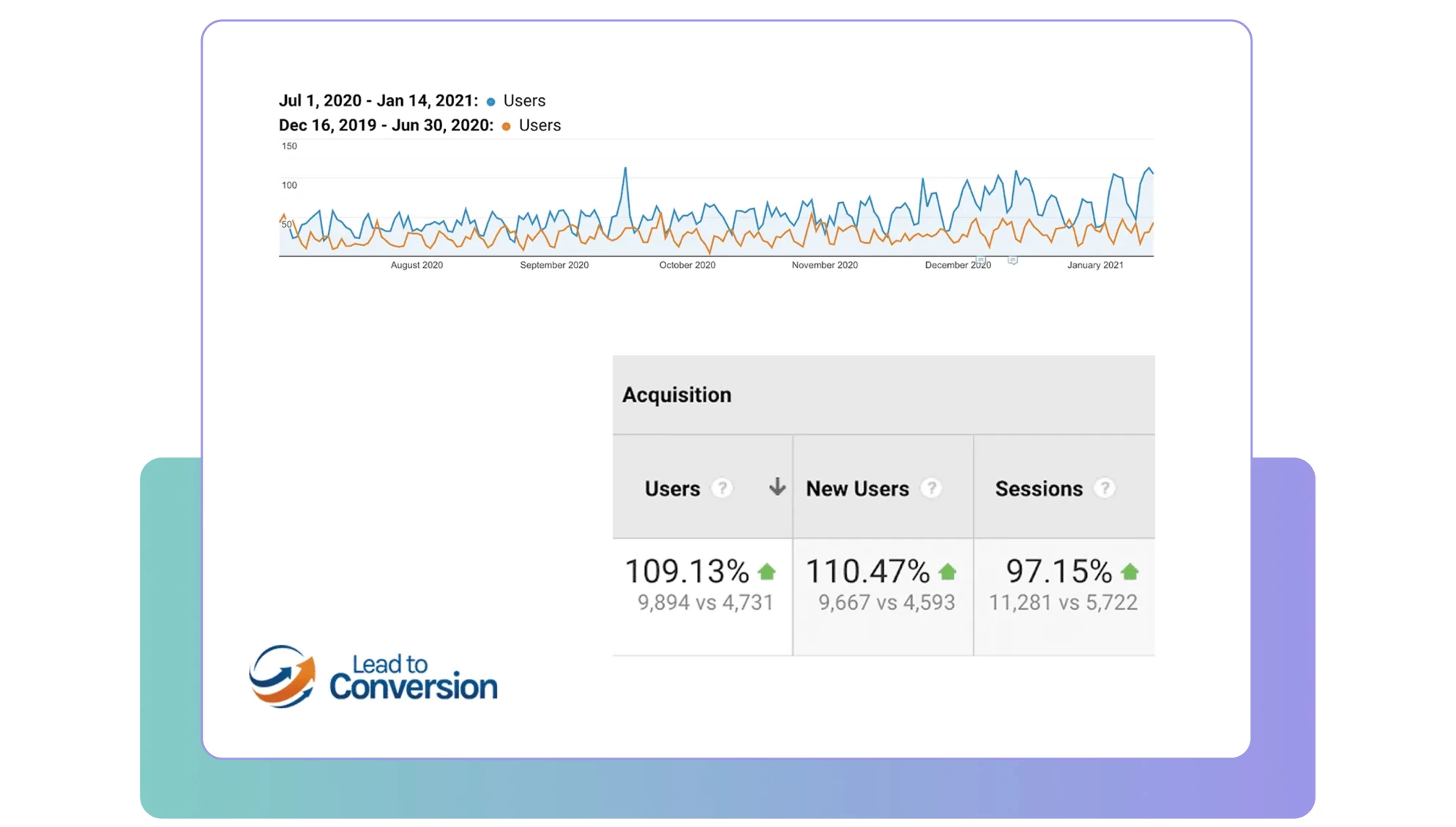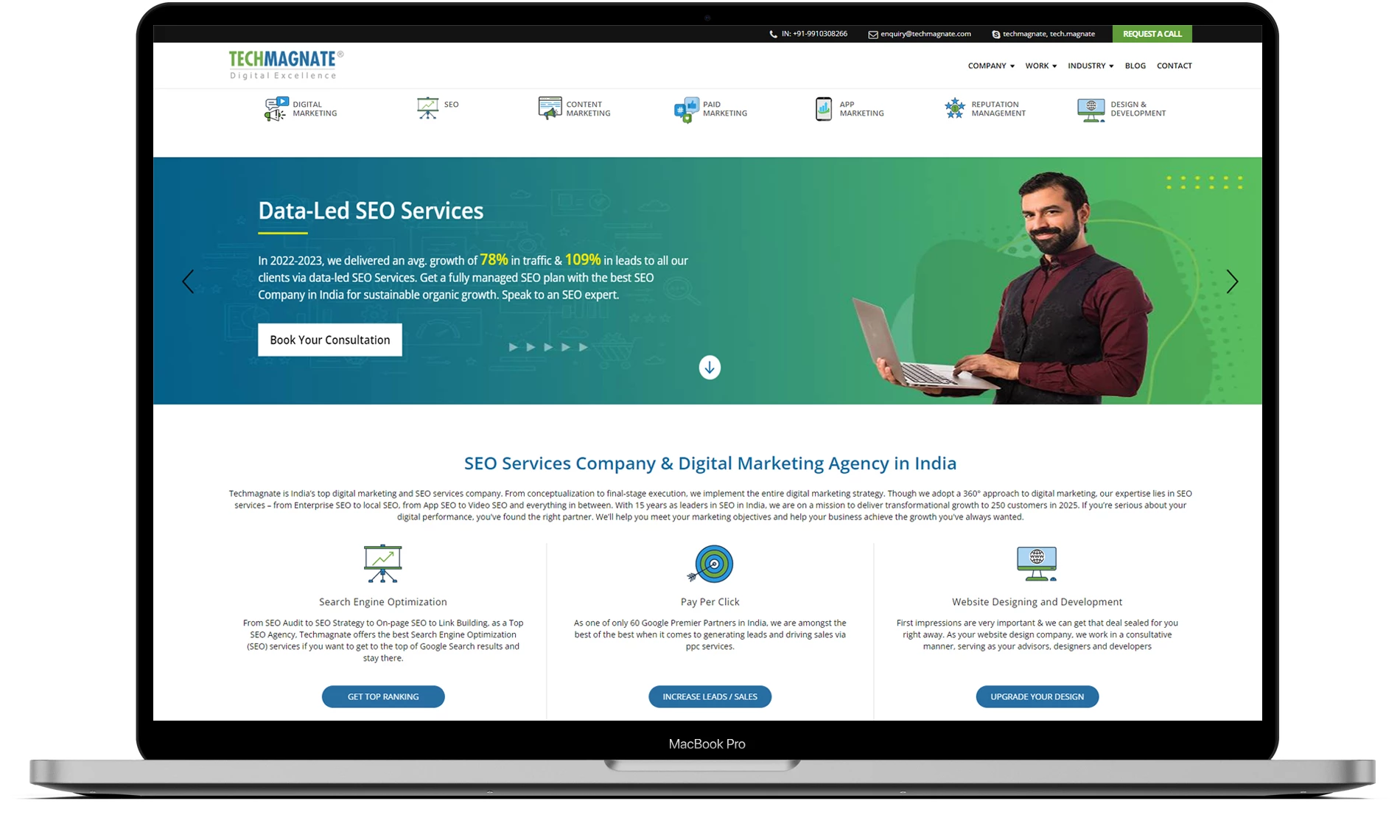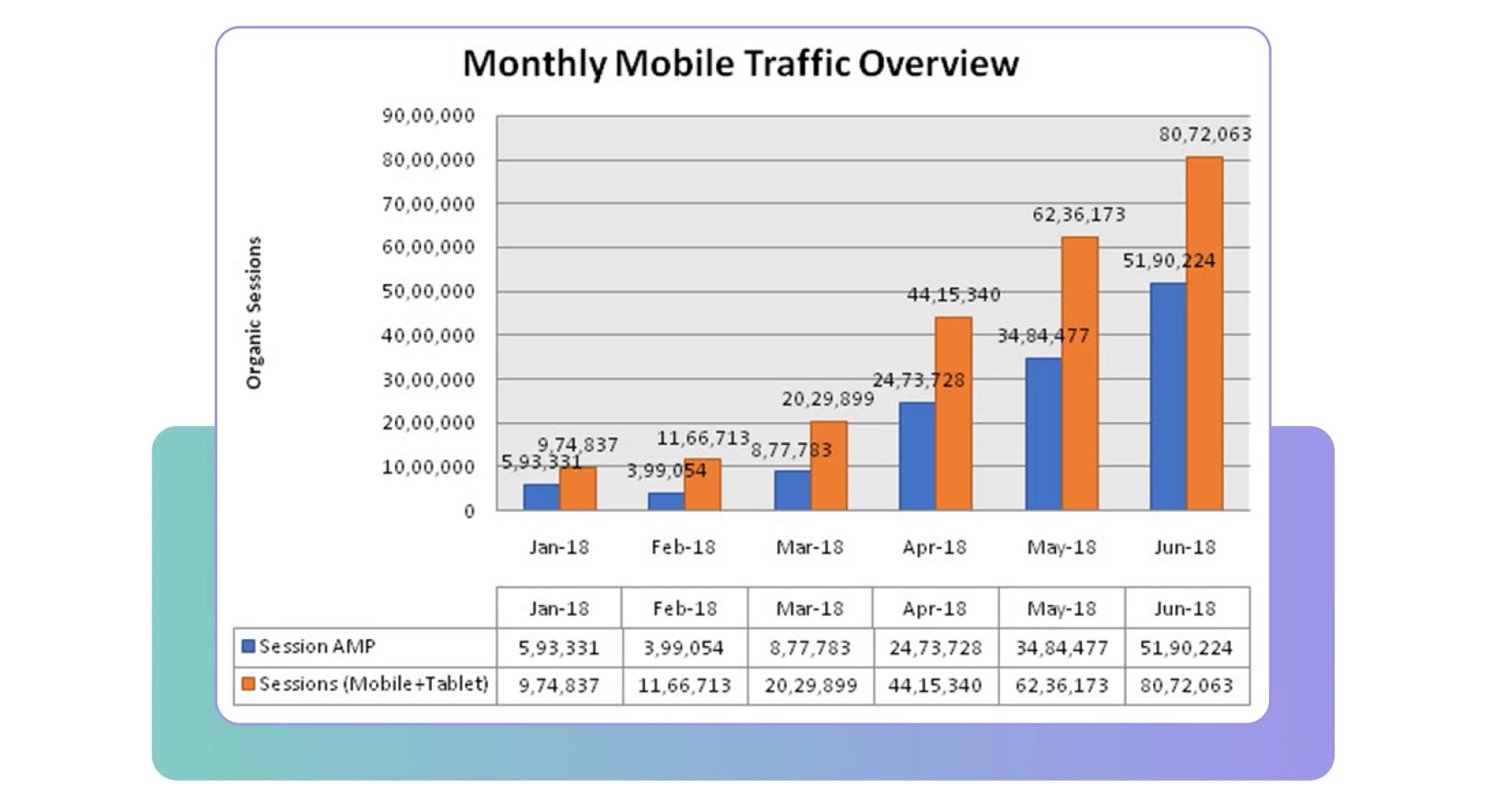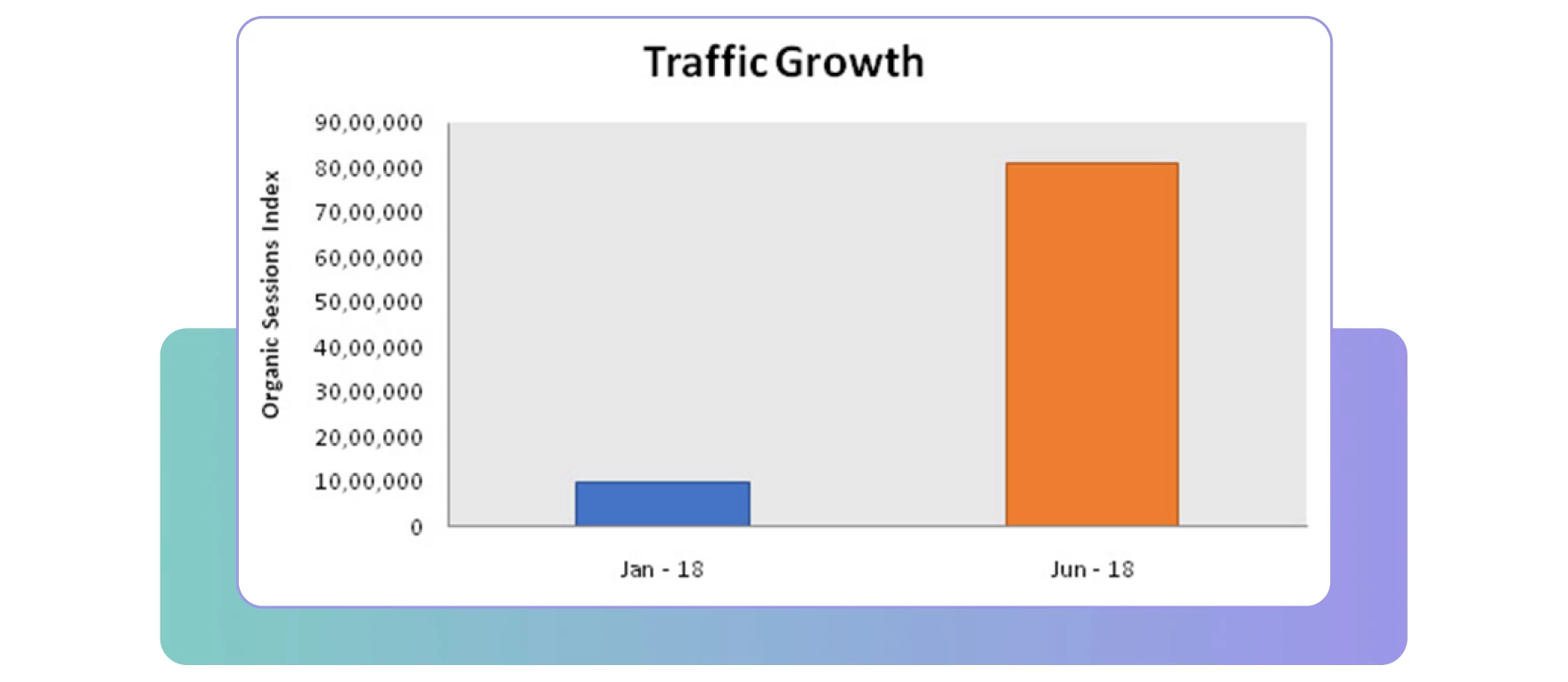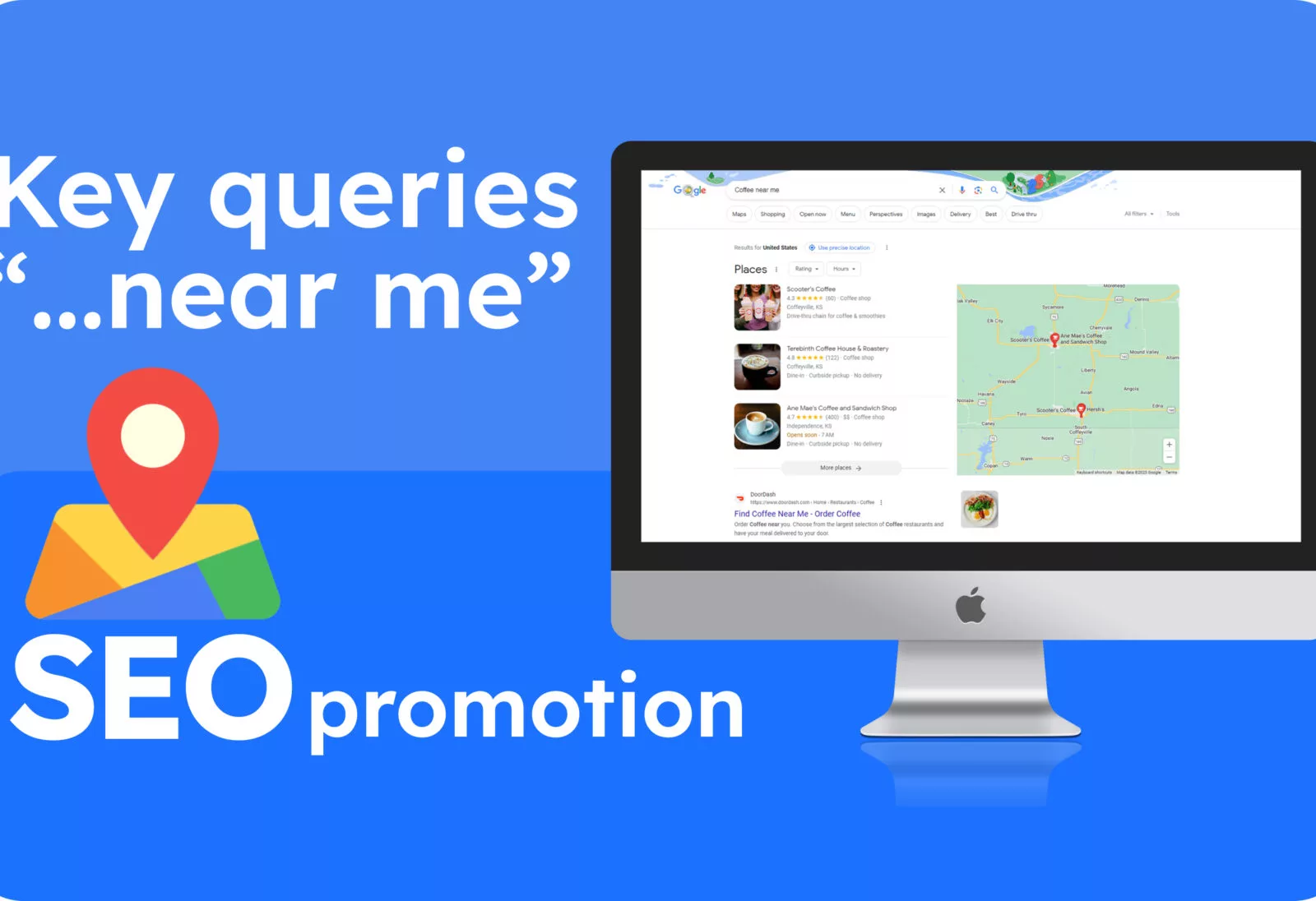SEO optimization for mobile devices
Hello to all SEO optimizers and everyone who has come across this page! In this article, we will talk about optimizing your website and its content for mobile devices, which have become an integral part of our lives.
In one of our articles about AMP, we already provided statistics on the popularity of mobile devices. If you’re interested, here’s a link to the original study that was mentioned in that article. It’s a useful resource recommended for analyzing user behavior.
Introducion
Let’s refresh some statistical data to motivate website optimization for mobile devices and search. According to Similar Web, as of August 2023, mobile traffic accounts for 65.67%, desktops account for 32.89%, and less than 2% goes to tablet devices.
All that will be written below is mainly applicable to the Google search engine, and here’s why. In August of this year, Google’s share among mobile search engines is 95%. For more detailed statistics, let’s take data from August 2022 to August 2023:
The graph below shows that Google’s share among mobile search has hardly changed, which means that first and foremost, it is worth considering SEO optimization for this search engine.
Mobile SEO vs. Desktop SEO
The process of indexing a mobile version of a site (or as Google calls it, prioritizing mobile content indexing) is almost no different from classic desktop indexing.
Google Search Central
Going back to the differences between mobile and desktop SEO, the most important distinction continues to be the user experience. After all, content, technical optimization, and backlink profile still impact your search rankings.
However, in mobile SEO, more attention is given to page loading speed, site structure, and user interaction with the page. Additionally, local and voice search play an important role in mobile SEO.
Main differences
If you think that mobile search differs from the full version only in format, you’re mistaken. Mobile search on Google is a separate product with its own rules. This is due to the analysis of behavioral factors from different device formats
For reference: Our colleagues from Diginow conducted a cool study in 2019. They took 50,000 random keywords and studied the statistics of position matches in mobile and desktop SERP. The result was unexpected, as only 13% of the websites from the sample maintained the same positions for the same query in search on different types of devices. You can learn more about this study here.
The second interesting point is the display of your website’s title and description in mobile search. In some cases (such as on devices with small screens), meta tags may be trimmed before you see them on classic Google.
Therefore, it is important to carefully optimize your tags. Users on mobile devices prefer to receive relevant information by entering short queries in the search bar. If we are looking for cafes in New York, for example, we expect to see an expanded result with ratings and photos, rather than a long article about “10 best cafes in New York.”
The third difference is in the structure of the search results themselves. Search results on PC often contain more elements such as text, images, videos, etc.
And finally, the fourth point is that in mobile SEO, you can optimize for voice search, which is becoming increasingly popular these days.
Google research
Google has a whole division that deals with working and studying user data. It’s called “Think with Google”. So, they have 7 interesting insights that perfectly explain why you should spend time developing a quality mobile version of your site.
63% of users in the US are more likely to make a purchase through a mobile version of the site if your offer is relevant to their search query.
And 50% of users surf or make purchases using mobile versions of sites because they don’t want to download mobile apps.
Another interesting fact is that people who have had a negative experience with mobile devices (mobile versions of sites and apps) are 62% less likely to make a purchase in the future using the same method – regardless of how effective your advertising campaigns are. You can study the research data yourself at this link.
What to pay attention to
We’ve discussed how mobile SEO differs from desktop SEO, and now let’s go over the ranking factors that directly affect your positions in mobile search. Once again, we remind you that most ranking factors for mobile search are behavioral factors.
As for design, there are still hundreds of thousands of websites that simply ignore mobile layout, which can make it inconvenient for users to use your website. This will increase the bounce rate on your website, which will affect your position in Google.
The mobile version of a website should automatically adjust to the screen resolution of a mobile device, and all content should be user-friendly on smartphones, especially images and buttons.
Currently, there are two approaches that can make your website convenient for use on different devices:
1. Adaptive design – a more complex method that involves changing the structure of the site for a specific type of device. This means that the site does not just adjust to the desired format, but can change its interaction principle depending on the device and resolution. Pages for each type of device, such as tablets, small laptops, and smartphones, are manually developed. This method is great for sites that already generate income as it requires more resources for development.
2. Responsive design – built on containers and breakpoints that allow scaling: images, text, and website layout so that the website can “shrink” to any screen size. This approach is simpler and faster than adaptive design but has a slight impact on site loading speed. Also, unlike adaptive design, your control over content layout on the page is lower.
By the way, if you want to find well-structured material on responsive design,
Google’s Web.dev has a whole course.
To check your site for mobile-friendliness, simply use the built-in
tool in Google Search Console.
In general, mobile-friendliness not only refers to the convenience of the design but also the quality of the content, meta tags, and other headings. The better and simpler the content is structured on the page, the easier it is for users to use it. If you plan an article, think about how the user will read it on a mobile device.
Page loading speed
Page loading speed is also important for the mobile version of a website, especially for blogs, news sites, and online stores. To address this, we can turn to the Think with Google research service.
According to data from 2018, the average page loading speed on a mobile device using 4G internet took more than 15 seconds. And that’s long, very long.
Because already in 2017 there was data that if the page loading speed increased from 1 to 3 seconds, the bounce rate increased to 32%.
And finally – a delay of 1 second on commercial sites when loading a site can reduce conversion by 20%
And from 1 to 10 it’s already 123%, and we think that’s all there is to know about the impact of loading speed on your SERP positions.
Now let’s look at ways that will help you increase the loading speed of mobile pages:
1. Start by optimizing all images on your site. Prioritize images by importance, as not all may be necessary for the mobile version. Some can be replaced with text or CSS (your developers will love this). Compress your photos in .webp format where possible.
2. Speaking of content, there is an approach called AMP (Accelerated Mobile Pages) for optimizing mobile content. Its essence is to keep only the most optimized and necessary content on the page.
3. Optimize your code. Google suggests using the following tools for this purpose: For HTML, you can use HTML Minifier. For CSS, you can use CSSNano or csso. And for JavaScript scripts, you can use UglifyJS.
4. The loading speed of your website is directly affected by the location of the servers it is hosted on. Believe me, the ping from France to Japan will be very high. In such a case, it is worth using a CDN, which we have mentioned before.
5. You can also “clean up” your website’s database from unnecessary garbage, including unconfirmed and spam comments, unnecessary draft pages, and deleted posts and pages. If your website is developed using a CMS, such as WP, you can do this yourself without the involvement of developers.
You can see your page loading speed using the Google Pagespeed Insights tool. Follow the link, enter the URL of your site and click on the button.
For example, we took the medium.com domain and got the following results:
If you scroll below, you will see specific points that affect the loading speed of your site:
By following these recommendations, you will gradually be able to achieve the result
you need.
Local optimization
Literally, mobile SEO goes hand in hand with local optimization, as most search queries from mobile devices are focused on quick searches for products, services, or places in a specific location.
You should understand that this approach is relevant if you represent a local company in your region. Despite the fact that local SEO itself is a separate aspect, you should take the following advice on board:
1. Specify correct NAP data (company name, address, and phone) in your Google Business Profile (GBP);
2. Use GBA to the fullest: keep your profile updated, add photos and reviews. If your profile is relevant to the user’s search query and you have enough positive reviews, your positions in the expanded search results and Google Maps will be significantly higher than your competitors;
3. Local keywords: although local queries have lower search volume, using them in meta tags and other headings can improve your positions and click-through rate. For example, a simple keyword “coffee shops” will have a diverse search results page, whereas a keyword like “coffee shops in city X” will provide more specific results.
4. Domains located in your region will have higher priority. Keep in mind that, when creating a backlink profile.
Voice Search
The use of voice search from mobile devices is gaining popularity. It is practically ubiquitous. For example, interesting statistics on the use of voice search from Thrive My Way.
According to PwC’s research in 2018, over 71% of US users prefer to use voice search.
And over 35% of US residents have already purchased smart speakers for their homes.
Data from Statista in 2022.
Here is some more interesting statistics that directly relate to SEO:
1. More than 20% of voice search queries are based on a set of 25 words, such as
“what” or “how”, and adjectives like “easy” or “best”;
2. Approximately 76% of users who use voice assistant devices search for local queries at least once a week;
3. 46% of users search for information about local businesses/services on a daily basis.
4. The most popular category of companies mentioned in voice search is restaurants and food establishments;
5. Even more impressive is the statistic that 28% of users who used voice search for a specific company then make a phone call;
6. And the cherry on top is that phone calls bring in 10-15 times more revenue than website inquiries (p.s. this only applies to the service and HORECA industries)
In modern times, voice search has become an integral part of SEO, especially for local SEO optimization.
Here is a small plan of necessary actions to make your website relevant for Google voice search:
—Considering that optimization for voice search is closely related to local optimization, be sure to familiarize yourself with the previous section, where there is a link to our article on local SEO. To better understand your audience, you can use Google Trends to understand which search queries will be relevant for them right now.
—Try to make your content useful and understandable for users. Sometimes you can even use a conversational style, but remember that the more concise the content for mobile devices, the better;
—Use microdata to make the content on your page understandable for search engines. When a user searches for “movie theater on street x” in voice search, the data on your site should be marked up to match the search query;
—Optimizing the mobile version of your site can be done using content that will be relevant for low-frequency and medium-frequency queries that look like questions, such as “what to do if your phone falls in water?”.
SEO cases for mobile devices
Let’s immediately clarify that these cases were taken from our colleagues, all links are provided for self-study.
Case #1 – IT support service from Asia
This case belongs to the guys from LeadtoConversion company. The full case can be found at the link.
The case itself is quite common, the guys studied the competitors, created a quality SEO strategy that included semantic core, on-page optimization, link building, and the development of new pages for keywords and services. And they succeeded, systematic work and a huge number of tests yielded results.
1. Organic mobile traffic increased by 148% (from 1,015 to 2,517 users)
2. Goal conversion rate increased by 73%
Case #2 – Educational Portal
This case belongs to the company TechMagnate. Their client is a large national educational portal for student and school student career guidance.
The task was quite challenging. Competition has increased in this niche, so the client wanted to increase the amount of organic traffic before the season.
The following was done:
—On-page optimization was conducted;
—AMP content technology was implemented;
—Creation of a link mass;
—Work with markup for rich snippets and quick answers was done.
All of these tasks took place over a six-month period, systematically implementing changes and fixing any errors that arose. By the way, AMP produced excellent results.
From January 2018 to June 2018, mobile traffic grew by 728% and this is amazing.
Conclusion
Let’s summarize, mobile SEO primarily relies on user behavioral factors, simply follow our advice to reduce bounce rates and retain users on your pages:
1. Monitor the loading speed of your pages;
2. Monitor your GBP profile (reviews, photos, and relevance of information);
3. Monitor the display and functionality of your website on mobile devices;
4. If possible, hire a specialist for aspects that you cannot handle yourself.
Dear friends! Thank you for reading the article until the end! In the near future, we will release an article that will extensively explain actions for optimizing your website for voice search. Voice assistants are gaining popularity at an enormous speed, so using them to enhance your SEO strategy is a great idea!


